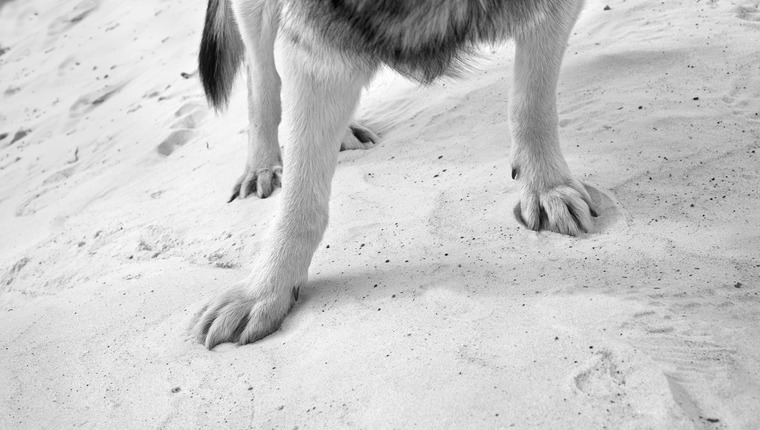
For a long time now, we assumed that limb preference belonged only to humans. However, new research suggests that “handedness” may actually be a fundamental feature for all mammals.
In an article written for The Conversation, Deborah Wells presents a vast array of research that proves hand preferences exist in dogs and other mammals. Interestingly, it’s worth noting that almost 90% of humans are right-handed. Contrastingly, only 10-13% of humans are left-handed.
One of the studies Wells cites describes a lack of research focusing on non-human limb preference that stems from implicit biases “placing our species above all other species”.
Limb Preference Is More Complicated Than We Thought
Thankfully, scientists are righting our wrongs and beginning to explore limb preference in other animals. However, sometimes the research brings more questions than answers.
In one study, published in Laterality, researchers studied paw preferences in cats and dogs. Throughout their study, researchers found that a majority of the animals exhibited either left or right paw preference. However, unlike humans, right paw preference doesn’t show up on a population level.
Another study showed that dogs also demonstrate limb preference, although the study’s results left researchers considering the efficacy of the different tests they used.
Implications for Animal Welfare
Interestingly, Wells says that understanding limb preference is about more than just satisfying curiosity. According to her, “establishing an animal’s side preferences could also be important … because paw preferences can give us an insight into the emotions an animal is feeling”.
As in humans, the left and right sides of a dog’s brain control different cognitive functions. For example, scientists associate the left side of the brain — which controls the right side of the body — with processing positive emotions. Contrastingly, the right side of the brain is more concerned with negative emotions, like anxiety.
As such, it may be possible to gain certain insights into a dog’s emotional state based on paw or limb preference. For example, a dog that uses their left paw more dominantly may experience negative emotions more often.









